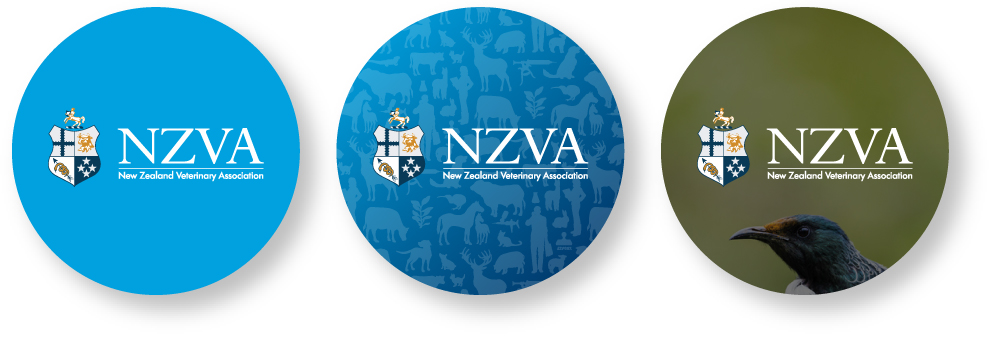NZVA Brand
Editorial Style Guide
Introduction
The New Zealand Veterinary Association (NZVA) has a Editorial style guide to ensure that the writing of documents, and other written communications, are consistent and professional. The Editorial style guide follows generally accepted practices but is also tailored to the veterinary profession and the NZVA by providing guidance on commonly used terms.
The Editorial style guide is an essential resource to add credibility to our goals and key messages by demonstrating consistency and high standards. The guide advances best practice in the use of language including spelling, punctuation and grammar; layout, for example in terms of typography, headings and font for written documents; and commonly used terms used by the profession and the NZVA.
The Editorial style guide is to be used by all staff, as well as NZVA representatives through our committees, special interest branches (SIBs) and regional networks (RNs) and other volunteers.
The Editorial style guide is a living document and is revised as needed, to ensure that it includes any changes due to conventions of usage or changes within the NZVA.
Who are they for?
- NZVA Board, SIBs, RNs, staff
- NZVA representatives – Committees, SIBs, RNs, volunteers
- Suppliers, providers – Editors, proof readers
Below are the key points of our guide. To access the Editorial style guide (full version) please contact the NZVA at nzva@vets.org.nz.
Our communications writing style
We write communications in Plain English. Plain English is a style where the language structure and presentation of a document makes it easy to understand after just one reading.
To write in plain English:
- Keep your sentences short.
- Prefer active verbs.
- Use 'you' and 'we'.
- Use words that are appropriate for the reader.
- Don't be afraid to give instructions.
- Avoid nominalisations.
- Use lists where appropriate.
Our technical writing style
The NZVA uses a technical and scientific writing style for specific documents for the profession. These include scientific articles, full-length original research articles, technical reports, case reports, review article and research abstracts.
These include scientific articles, full-length original research articles, technical reports, case reports, review article and
research abstracts.
- We use the New Zealand English spelling of words.
- When we use Māori words or phrases in our communications we follow the guidelines of the Te Taura Whiri i te Reo Māori (the Māori Language Commission).
- We are gender neutral wherever possible.
- We use the in front of reference to the New Zealand Veterinary Association.
- We use acronyms sparingly for organisations and names of committees. We spell the organisation or committee name out in full, followed by the acronym in brackets at first mention in the text.
- We spell veterinarian, veterinary nurse out in full, instead of using vet.
- We don’t use full stops in abbreviations or spaces between initials.
- We spell out numbers from one to nine.
Brand Guidelines
Introduction
The NZVA’s brand guidelines help to protect the integrity of our visual identity and support a strong and consistent overall brand.
They are for use of NZVA staff, the NZVA Board, Special Interest Branches, Regional Networks, associated schemes, industry partners, publishers, editors, designers, printers and third parties. They are administered by NZVA and updated as required.
Download the full version of the NZVA brand guidelines [14MB].
If you have any questions on application of the guidelines and elements please contact the NZVA Graphic Designer.
Coat of Arms
The NZVA Coat of Arms was originally approved at the Annual General Meeting of the NZVA in 1953.
Here is a breakdown of all design elements that make up the Coat of Arms. Our NZVA logo today still incorporates the original framework and values of our historic Coat of Arms, but with the following details to note:
- The ‘New Zealand Veterinary Association’ text underneath has now been moved to the right side of the Coat of Arms.
- The Coat of Arms must always appear in its entirety, otherwise it is no longer recognised as a Coat of Arms.
Preferred applications
The NZVA logo and all associated logos may be used with any approved NZVA imagery, provided there is high and clear visibility.
The NZVA logo where possible should always feature in full colour in majority of instances. It must be legible and maintain the integrity of its form. Please use the NZVA logo as follows:
Full colour (blue text) on light colour backgrounds:

Full colour (white text) on dark colour backgrounds:

Where elements sit
The NZVA logo always appears in a defined position on all publications and has its specific place alongside Regional Branches, Special Interest Branches and other brands.
If the other co-branded branch/society/association hasn’t got a logo, the name can be clearly defined alongside, and separated by a thin rule.
Adequate space from the corner edges of the artwork should be provided.
The images on the right show ideal treatment of how the NZVA elements work.
- For instances where the left hand side of a document/graphic/photograph incorporate a left hand heading/title/text/wording, the NZVA logo would shift over to the right hand side.
Typefaces
The official typeface for the NZVA brand is sans serif, Myriad Pro.
The recommended type alignment for all print communication is flush left.
When Myriad Pro is not available, Arial typeface is used instead.
Brand colours
Legal
Your use of the NZVA logos and trade marks referenced in these guidelines is conditional upon your compliance with the requirements and limitations set out below.
If you do not agree to comply with those requirements and limitations then you may not use those NZVA logos and trademarks.
This guidelines summary outlines core brand elements only. For the creation of specific key applications, or any queries re the NZVA brand assets, please get in touch with the NZVA’s Graphic Designer.
